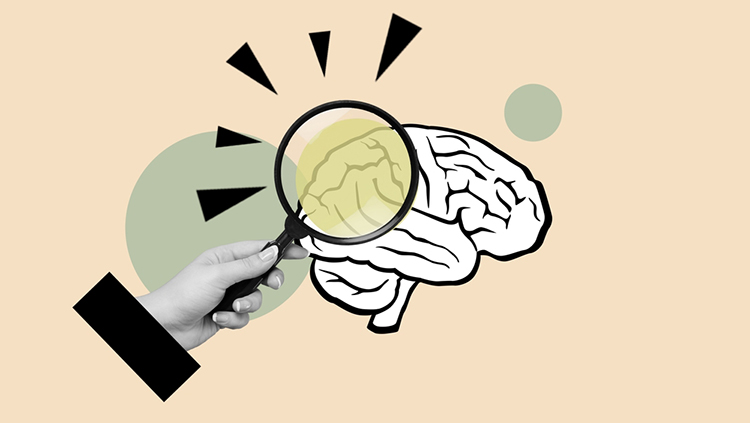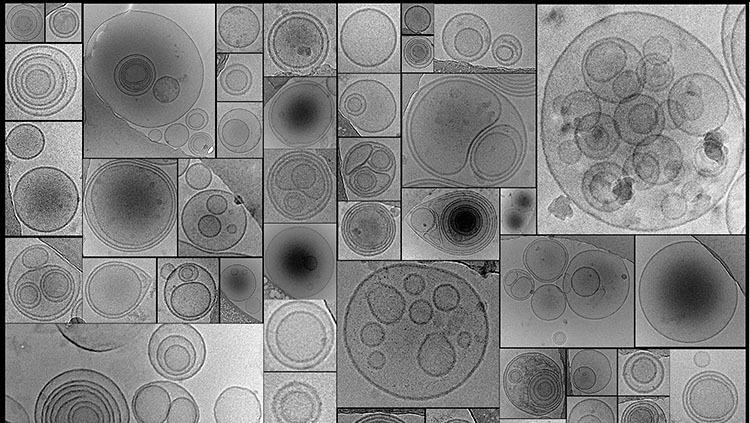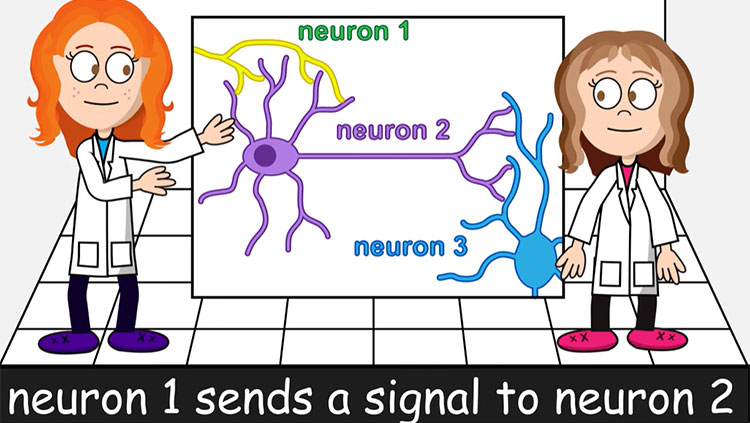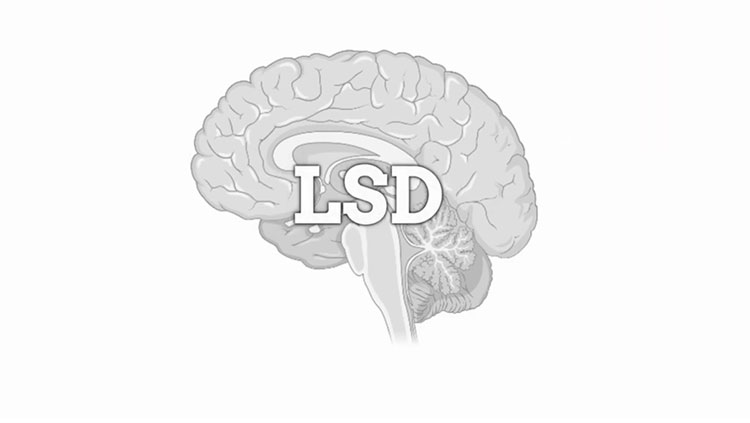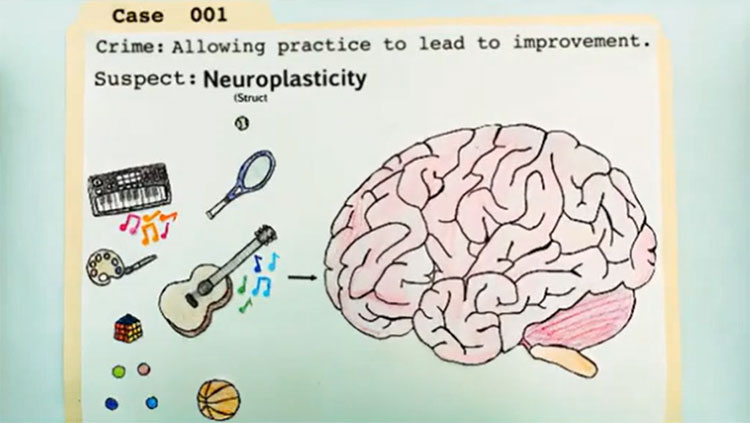Neural Networks in a Mouse
- Published18 Jun 2018
- Reviewed18 Jun 2018
- Author Alissa Ortman
- Source BrainFacts/SfN
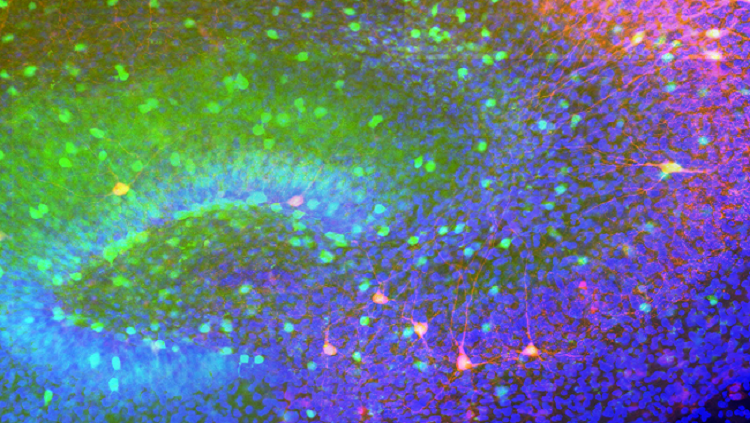
Disruptions in the way the brain communicates may underpin common disorders like schizophrenia and autism. Information flows through collections of connected brain cells called neural networks. Teasing out and understanding the myriad of complex brain circuits may offer clues to how disruptions in these systems could cause disease.
Using a number of different advanced techniques to map brain circuits, neuroscientists are discovering how cells respond when network activity is altered by artificially changing a single component. This helps researchers determine the importance of its role in the system.
One such component that can drastically change how networks work is GAD67, an enzyme important for production of the nerve cell communication chemical GABA. This image shows part of a mouse hippocampus, with all the neurons expressing GAD67 labeled in green. The protein parvalbumin, which helps the networks develop, is shown in red, and all cell nuclei are labeled blue.
CONTENT PROVIDED BY
BrainFacts/SfN
Also In Cells & Circuits
Trending
Popular articles on BrainFacts.org



